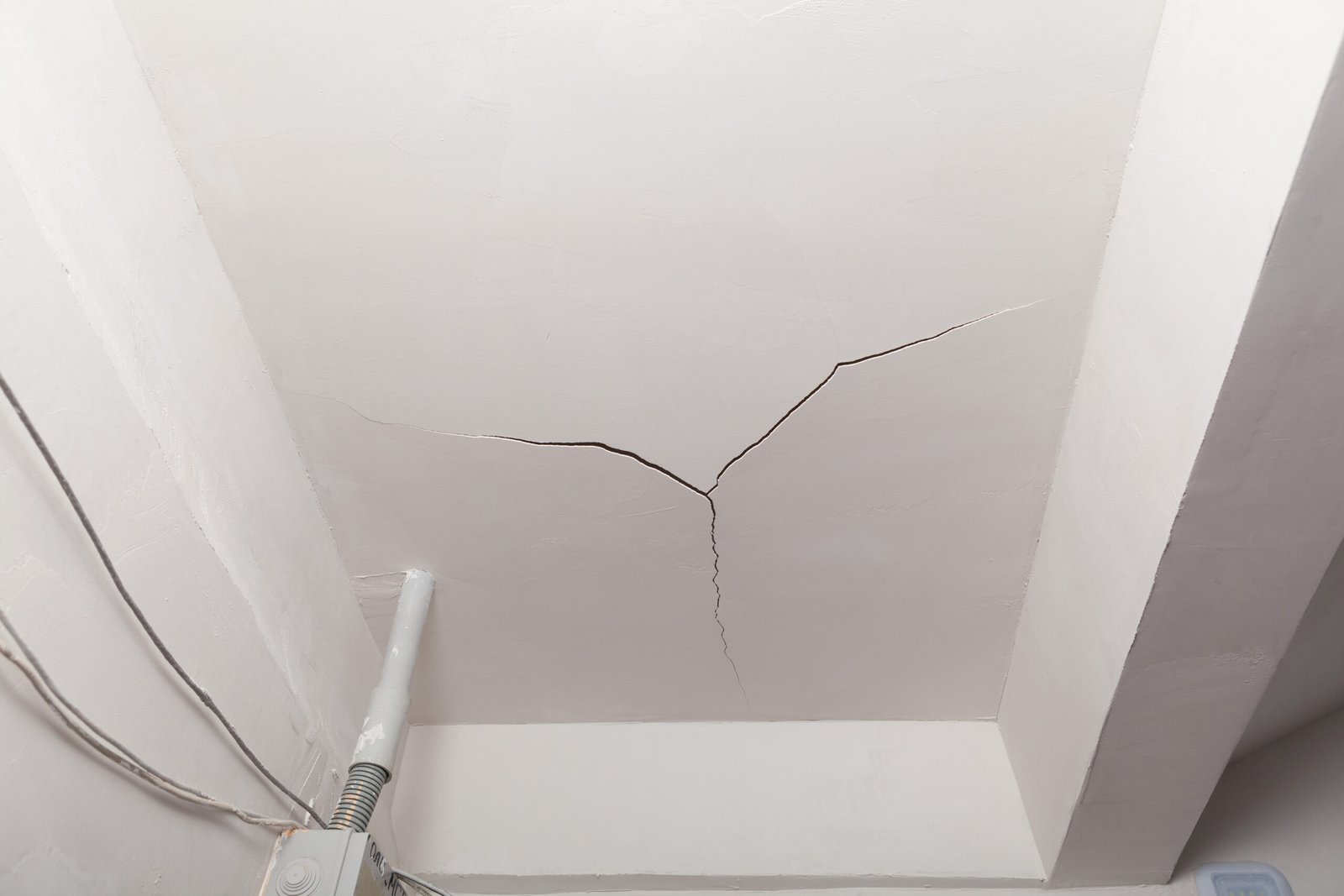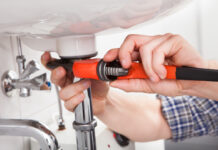Stucco is a material made of aggregates, water, and a binder, such as lime, gypsum, and clay. It’s one of the most durable materials today. Typically, it lasts from 50 to 80 years from its installation. In addition, it requires lower maintenance costs than other common siding materials. Because of its benefits, it’s considered one of the most preferred materials or an extra protective layer.
However, like the other materials, stucco may also deteriorate because of massive water damage and other elements. Suppose some portions of your house are made of stucco. In that case, you may need to know the warning signs that prompt you to repair them. For that purpose, here’s an article to guide you. So, keep on reading!
Multiple Cracks
While hairline cracks may be common to stuccos, having multiple cracks that range from 1/6” to 1/2” may be severe issues. These cracks may often indicate structural problems, including concrete sinking or recession and heaved expansion joints. If the cracks have stains, they likely result from water damage.
If the damages are minor than 1/6”, you may consider caulking the cracks or using an easy-to-apply and quick-to-dry sealant. Assess the gaps if they’re too wide and may go beyond the surface level. In this case, you may need to contact stucco experts, such as Moisture Master Pros LLC and others. They may consider fixing the structural support before dealing with the stucco cracks.
Excessive Stains
Hard-to-wear stains often indicate severe water damage. If you notice thick and dark stains in your lightly painted stucco, you may consider wearing the stains purposefully or call a pro to do the cleaning. If you’re the one to clean, you may need liquid dish soap and water to eliminate the stains.
You may need a top-quality bleach solution if the stains have mold growth. If the stucco material is less durable, you may use a stiff broom, a hard-wired brush, and a rough yet soft scrub. Moreover, you may use a power washer to remove thick dust and moss streaks for an easier option.
Moss Growth
If mosses thrive in your stucco, you may need to check the gravity of the damage, as this is often the result of hidden cracks. In some cases, the cracks are in between beams or the corners of concrete. Inspecting these areas while rain is ongoing could help you see the actual areas of the damage.
Improving your stucco home may prompt you to remove all the mosses, other vegetation, and soil stuck and hardened in the concrete. Then, you may need to fix the moisture problems by sealing or caulking the areas where cracks and other damage appear.
Soft Spots
Soft spots refer to the area of the house that may show signs of sinking and collapse due to damaged stucco. In some cases, the early signs are flaking of the plaster. If these aren’t addressed early, the issues may escalate into the sinking of the stucco materials.
Suppose water is identified as the primary cause of stucco damage. In that case, you may consider applying for a stucco evaluation to inspect the current problems and the potential degradation of the stucco. Quick sealing and filling may be the initial solutions, but large-scale repairs could be necessary.

Crumble
If the portion with stucco shows structural damage, you may need to consider the overall structural integrity of the building. Seriously damaged stucco and walls may need immediate and significant repairs. In addition, utterly damaged stucco may require broad replacements. On the other hand, if the damage is localized, minor or area-specific repair may be appropriate.
To avoid the recurrence of the problem, a structural investigation is a must. This could help identify the possible causes, such as exterior wall rot or water damage. Recognizing these may help you come up with appropriate solutions. To fix crumbling stucco in specific areas, you may need to start slowly at the base.
Rotten Exterior Fixtures
Rotten exterior fixtures may include the electrical outlets, pipes, jambs, wooden bases, and meter boxes in the areas where the stucco is applied. In most cases, the fixtures may have completely blackened or ceased functioning. Moreover, water damage is considered the usual suspect for this issue, but too much exposure to other weather elements isn’t ruled out.
To avoid this problem, you may need to check the fixtures regularly, especially during the rainy season. You may need to tap the fixtures and the stucco’s surfaces when you pass by them. If they produce hollow or bouncy sound, you may need a more thorough inspection of the plaster and fixtures for possible early solutions.
Overextending Stucco
If your stucco appears to extend up to the point where the foundation meets the ground, you may need to fix it immediately. In most cases, this situation may lead to the trapping of water or causing moisture buildup at the meeting points. Typically, these potions end up rotting or discoloring.
While you can remove the affected stucco, it’d be better to contact a pro as this issue is often associated with other structural problems. Because of this, a comprehensive stucco inspection is necessary.
Missing Caulking
Generally, caulking seals cracks and gaps on stucco surfaces. They also prevent mold growth because of their moisture-retardant qualities. So, if you notice that your stucco has missing caulking, you may need to investigate the possible causes to provide a suitable repair.
While waiting for the inspection results, you can start fixing the gaps and cracks by re-applying caulking or filling in major cracks. This way, you can address the shrinkage, dryness, peeling, and other significant troubles that could affect your stucco more severely.
Wrapping Up
Stucco is one of the most sought building materials, especially on one’s exterior. Many property owners prefer it because of its moisture resistance, cost-effectiveness, customizability, and versatility. However, like other materials, it also has its weaknesses.
Suppose you’re considering stucco for your siding and other parts. In that case, consider the warning signs discussed above to know what would prompt an immediate and quality repair. For more ideas, you may ask seasoned stucco masters for better application, maintenance, and repairs.


















